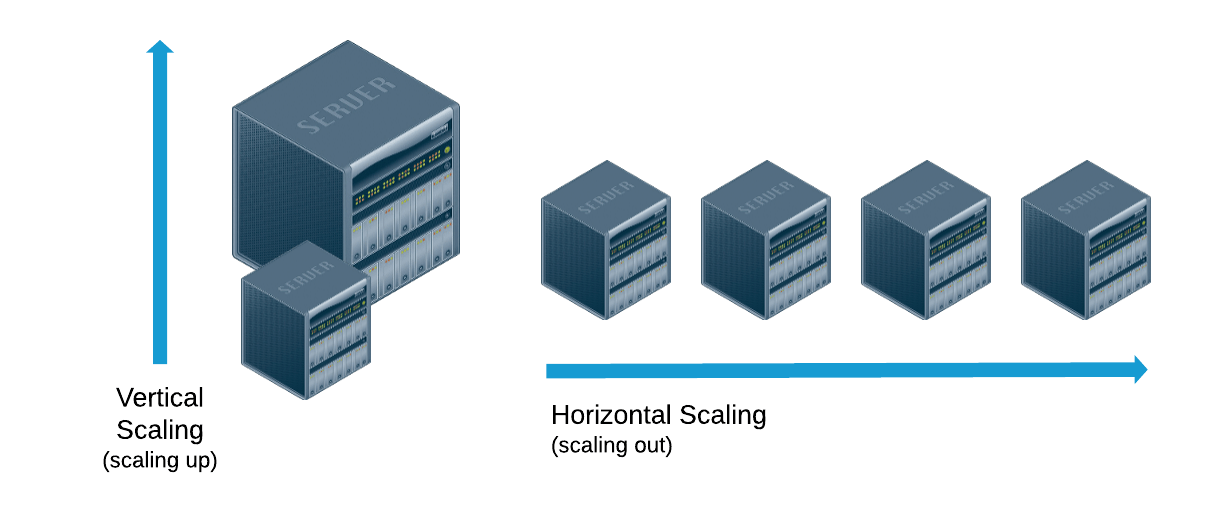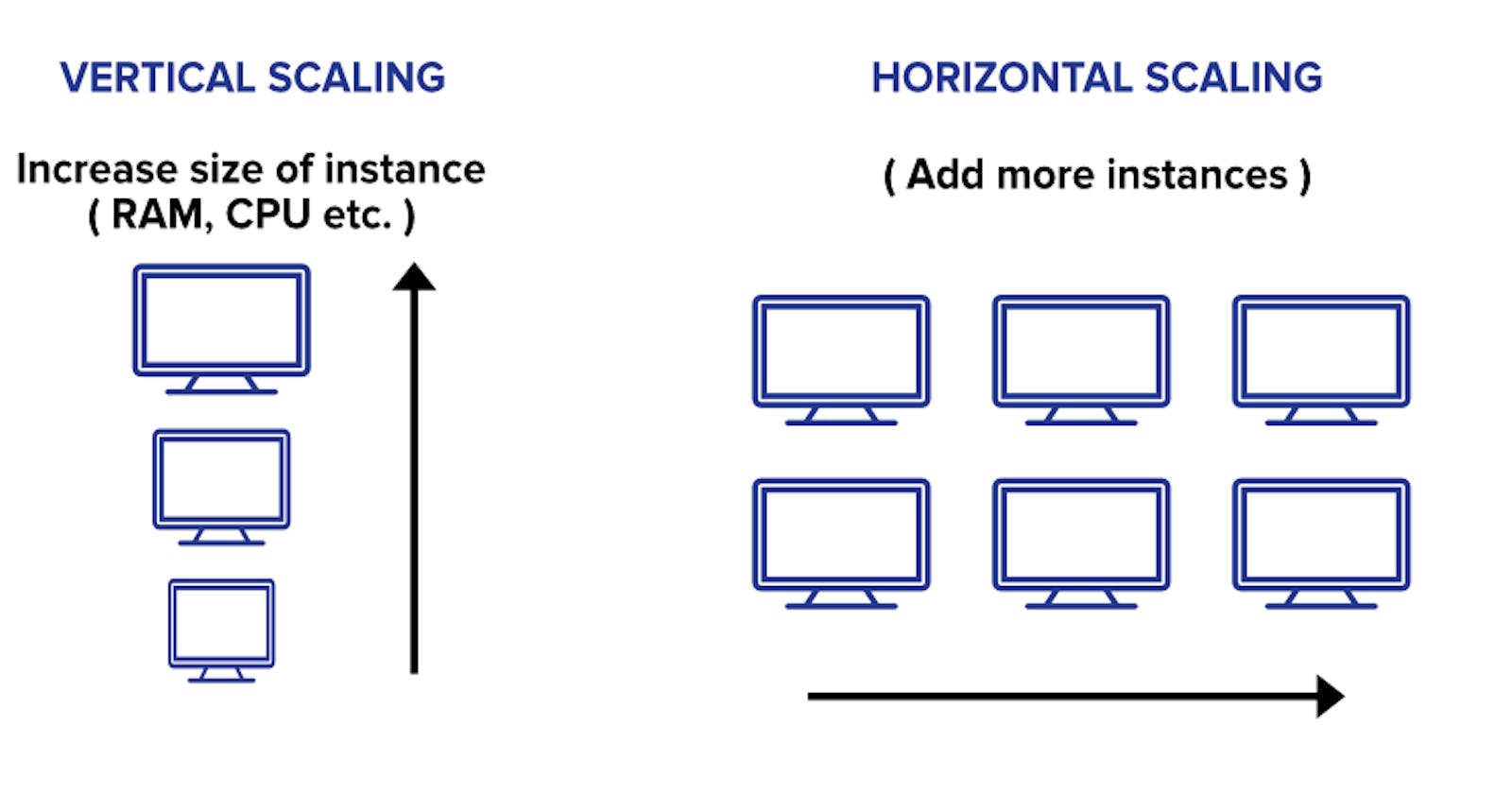Introduction

Welcome, fellow developers, to an exciting journey into the world of horizontal scaling! In this blog, we'll dive into the concept of scaling your backend horizontally to meet the ever-growing demands of modern applications. Horizontal scaling, also known as "scaling out," involves adding more machines to your server pool rather than beefing up a single machine. It's like assembling an army of servers, all working together in perfect harmony to handle incoming requests. So, let's don our armor and conquer the scaling challenges with some code examples!
- Understanding Horizontal Scaling
Imagine you run a bustling online store, and during a big sale, your server starts to buckle under the immense traffic load. Horizontal scaling is the solution! Instead of upgrading your existing server with expensive hardware, you add more servers to your infrastructure and balance the incoming traffic among them. This approach not only boosts performance but also improves fault tolerance and resilience.
- Load Balancers to the Rescue
Meet our load balancer, Sir Balancington! The load balancer is like the seasoned general in our server army, strategically directing incoming requests to the most capable server available. As new servers join or leave the battlefield, Sir Balancington ensures the workload is distributed evenly.
# Example: Using Python's Flask framework for simplicity.
from flask import Flask, request
app = Flask(__name__)
# Your request handling logic goes here...
# ...
if __name__ == "__main__":
app.run(host="0.0.0.0", port=8080)
- Scaling with Containers
Now, we enlist the power of containers using Docker to create identical units of deployment. Containers package your backend code along with its dependencies, ensuring consistent behavior across various environments.
# Dockerfile
FROM python:3.9
# Set up the working directory
WORKDIR /app
# Copy the backend code to the container
COPY backend.py /app
# Install dependencies
RUN pip install flask
# Expose the required port
EXPOSE 8080
# Launch the backend server
CMD ["python", "backend.py"]
- Orchestrating with Kubernetes
Introducing the battlefield commander, General Kubernetes! Kubernetes allows you to automate container deployment, scaling, and management, making it an ideal choice for our horde of servers.
# backend-deployment.yaml
apiVersion: apps/v1
kind: Deployment
metadata:
name: backend-deployment
spec:
replicas: 5
selector:
matchLabels:
app: backend
template:
metadata:
labels:
app: backend
spec:
containers:
- name: backend-container
image: your-backend-image:latest
ports:
- containerPort: 8080
- Auto Scaling for the Win
When the battle rages on, and the incoming requests keep pouring in, auto scaling saves the day! Kubernetes' Horizontal Pod Autoscaler (HPA) dynamically scales the number of backend replicas based on CPU utilization or other metrics.
# backend-hpa.yaml
apiVersion: autoscaling/v2beta2
kind: HorizontalPodAutoscaler
metadata:
name: backend-hpa
spec:
scaleTargetRef:
apiVersion: apps/v1
kind: Deployment
name: backend-deployment
minReplicas: 2
maxReplicas: 10
metrics:
- type: Resource
resource:
name: cpu
target:
type: Utilization
averageUtilization: 70
Conclusion
Congratulations, brave developers! You have successfully learned how to scale your backend horizontally, harnessing the power of load balancers, containers, Kubernetes, and auto scaling. By embracing horizontal scaling, your applications can now conquer any challenge and emerge victorious in the face of heavy traffic.
So, let us venture forth and build a scalable backend that can weather any storm, ensuring smooth sailing for our users and a triumphant experience for all! Happy coding! 🚀
